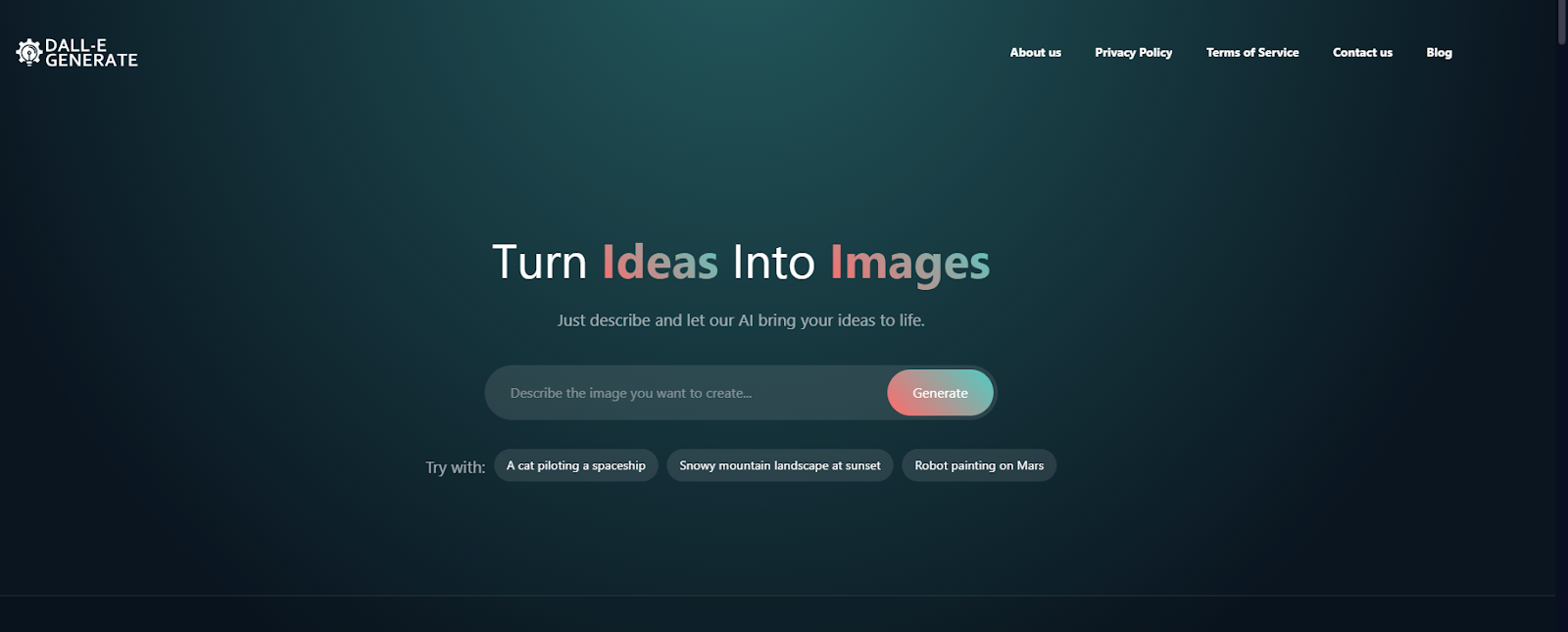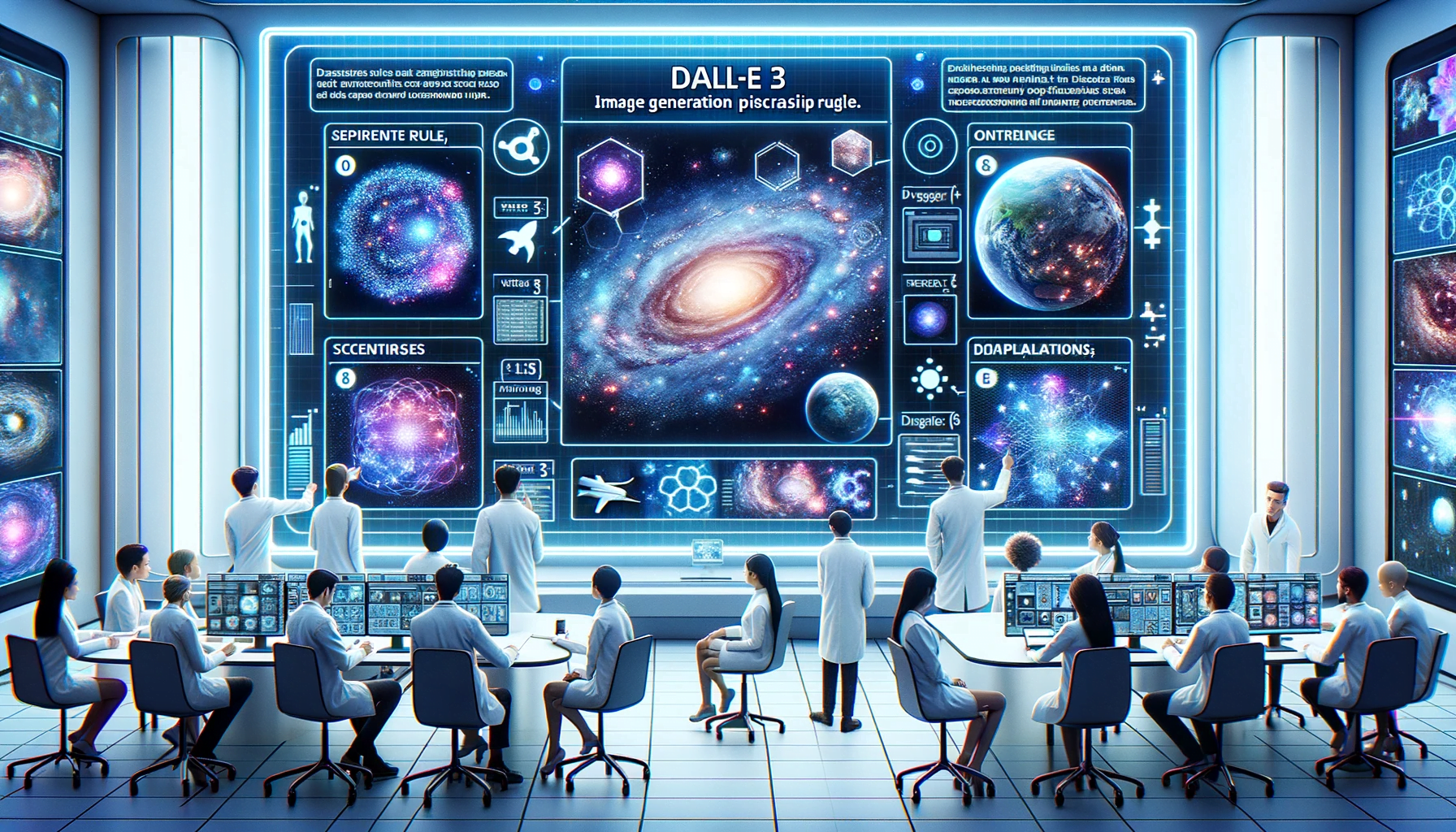With artificial intelligence transforming content creation, many wonder, “Why shouldn’t AI be used for news articles?” While AI offers speed and efficiency, it lacks the critical thinking, ethical responsibility, and investigative skills essential for journalism. This article explores the risks of AI-generated news, its limitations in accuracy and ethics, and why human oversight remains crucial.
Why Shouldn’t AI Be Used for News Articles: Current Reality
Why AI Shouldn’t Replace Newsroom Journalists
AI is increasingly being adopted in journalism for:
- Generating quick summaries of news articles.
- Writing simple news reports on weather, sports, and financial updates.
- Automating data analysis for investigative journalism.
- Providing real-time content recommendations for users.
While AI can assist in speeding up processes, it lacks the human ability to analyze context, verify sources, and exercise ethical judgment, making it risky for serious news reporting.

Why Media Companies Shouldn’t Use AI for News Articles
Media companies use AI because it:
- Reduces production costs by automating news writing.
- Processes vast amounts of data quickly for trend analysis.
- Offers round-the-clock content generation, ensuring constant updates.
Despite these benefits, AI’s inherent limitations make it unreliable for high-quality journalism.
Why Shouldn’t AI Be Used for News Articles: Key Limitations
Why AI Shouldn’t Write News: Missing Human Insight
One of the biggest concerns why AI shouldn’t be used for news articles is its lack of human judgment. AI operates based on:
- Pre-programmed data rather than real-world experiences.
- Statistical probabilities, not real analysis.
- Lack of awareness of ethical or legal consequences.
For example, AI might generate a misleading headline based on keyword analysis without considering the social, political, or ethical implications of the story.
Suggested for you:
- Using Ai To Enhance Images
- Using Ai To Make A Sharper Image
- Websites To Change A Picture To Other Styles AI

Why AI Shouldn’t Be Used for News: Accuracy Issues
AI models are trained on existing content, meaning they:
- Replicate inaccuracies found in training data.
- Cannot verify sources in real time.
- Struggle with understanding satire or biased reporting.
This makes AI-generated news susceptible to spreading false information, leading to serious consequences in journalism.
Why Investigative Articles Shouldn’t Use AI
Investigative journalism requires:
- Interviewing sources for firsthand information.
- Verifying confidential documents.
- Uncovering hidden facts through critical analysis.
AI cannot ask probing questions, challenge authority, or interpret non-verbal cues during interviews, making it ineffective for serious journalism.

Why AI Shouldn’t Be Used for News Articles: Ethical Problems
Why News Articles Shouldn’t Rely on AI Accountability
When AI-generated news is inaccurate, who is responsible? AI itself cannot be held accountable, raising issues such as:
- No legal repercussions for false reporting.
- Difficulty in identifying the source of errors.
- Increased risk of AI-generated propaganda.
Without human oversight, AI-generated journalism becomes a dangerous tool for misinformation.
This topic might be useful for you:
- AI Image Editor With Prompt Free: Ultimate Guide 2025
- Flux Kontext: When AI Understands the “Context” in Every Image
- Using Ai To Describe An Image
Why AI Shouldn’t Generate News: Bias Concerns
AI systems learn from existing content, meaning they inherit biases from the data they are trained on. This can lead to:
- Racial, gender, or political biases in news coverage.
- Overrepresentation of certain perspectives.
- Omission of important but underreported stories.
Unlike human journalists who strive for objectivity and fairness, AI lacks the ability to recognize and correct bias in its reporting.

Why Newsrooms Shouldn’t Replace Journalists with AI
Widespread use of AI in journalism could result in:
- Job losses among professional reporters.
- A decline in original, high-quality journalism.
- Media companies prioritizing AI-generated content over investigative reporting.
While AI can assist journalists, replacing them entirely would weaken the integrity of the news industry.
Recommended reading:
- Is There An Ai That Describes Images
- Remove Image Background Ai
- Remove Text From Images Ai
- Restriction Free Ai Image Generator
Why AI Shouldn’t Be Used for News: Manipulation Risks
Why AI Shouldn’t Create News: Propaganda Dangers
AI can be exploited to create fake news, manipulated images, and deepfake videos, leading to:
- Political misinformation campaigns.
- Fake scandals targeting public figures.
- Distorted historical facts to mislead audiences.
Without strict regulations, AI could become a powerful tool for deception rather than truthful reporting.
Why AI-Generated Articles Shouldn’t Be Trusted
Unlike traditional journalism, where reporters cite verifiable sources, AI-generated articles often:
- Lack transparency about data sources.
- Include unverifiable claims based on algorithmic patterns.
- Struggle to differentiate facts from opinions.
If news consumers cannot trust AI-generated content, it undermines the credibility of journalism altogether.

When AI Shouldn’t Replace News Writers
Why AI Shouldn’t Write But Can Assist News Research
AI can support journalists by:
- Analyzing large data sets for trends.
- Identifying misinformation patterns.
- Automating fact-checking to verify sources.
However, all AI-generated findings must be reviewed by human experts before publication.
Why Simple News Shouldn’t Fully Use AI
AI can assist in summarizing reports, such as:
- Weather updates.
- Stock market trends.
- Basic sports scores.
These applications work best when AI operates under human editorial control.
Why Visual News Shouldn’t Rely Solely on AI
AI-generated images, like those created with Dall-E Generate, can help journalists by:
- Illustrating complex topics with realistic visuals.
- Creating infographics for better audience engagement.
- Enhancing storytelling through AI-assisted animations.
- How To Create Ai Images
However, responsible use of AI-generated visuals requires ethical guidelines to prevent misleading audiences.

Future of AI in Journalism
AI-Human Collaboration for Ethical Journalism
The future of journalism will likely involve AI-assisted newsrooms where:
- AI handles data processing and fact-checking.
- Human journalists oversee analysis and ethical reporting.
- AI-generated content is strictly monitored for accuracy.
This approach ensures AI enhances journalism rather than replacing it.
Stronger Regulations for AI in Media
To prevent AI misuse in news, media organizations must establish:
- Clear disclosure policies for AI-generated content.
- Ethical guidelines to prevent bias and misinformation.
- Legal frameworks holding AI-generated news accountable.
Without regulations, AI could jeopardize journalistic integrity and public trust.
Conclusion
So, why shouldn’t AI be used for news articles? The risks of misinformation, ethical concerns, and lack of human judgment make AI-generated journalism unreliable.
While AI can assist journalists in research, summarization, and visual content creation, it cannot replace investigative reporting, ethical decision-making, or human intuition.
Media organizations should focus on responsible AI integration, ensuring that news remains accurate, ethical, and human-driven. Tools like Dall E Image Generator Free can enhance visual journalism, but AI-generated news must always be reviewed by human experts for credibility.


